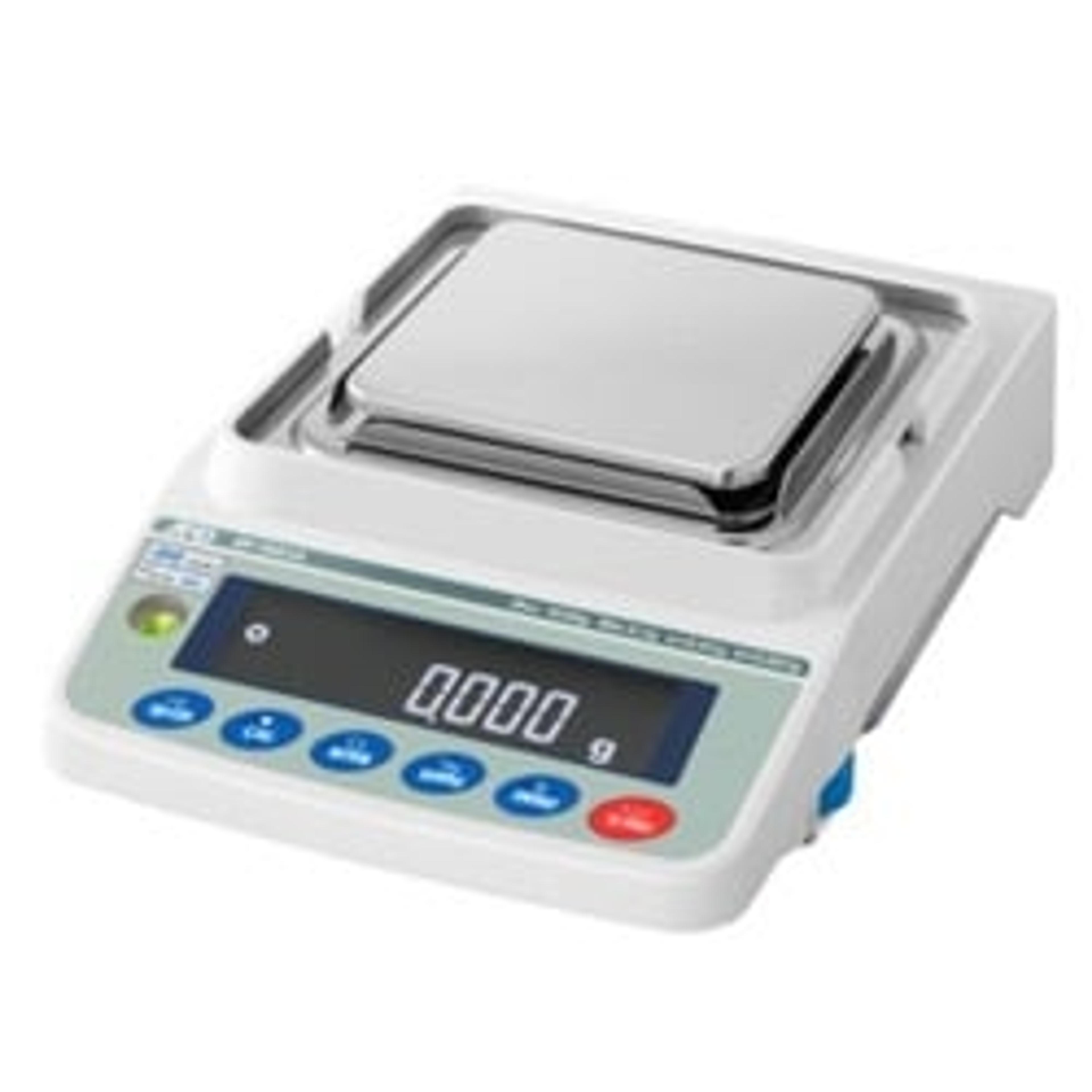Take your weighing balance accuracy to the next level with automatic precision management and USP41 compliance
Join this on-demand webinar for a masterclass in how to achieve USP41 compliance and expert insights on how best to manage and maintain your balances
4 Feb 2021
Measuring weight with accuracy and precision remains one of the most vital requirements for scientists working in regulated, life science, pharmaceutical or QC laboratories.
In this SelectScience® webinar, A&D Instruments’ Senior Product Manager of Laboratory Solutions, Jennifer Block, provides an overview of the innovative solutions found in the A&D Apollo series of analytical laboratory balances. She explains how electronically controlled load (ECL) technology allows automatic precision assessment at the touch of a button, without the need for external weights and service bodies that cost time, money, and can introduce uncertainties.
The advantages and applications of informational tools enabled by ECL technology such as diagnostic check (DiaCheck), QuickMin-S and Min-S-Alert are also discussed, with reference to how these features can enable users and service technicians to ensure operations are USP41 compliant.
Watch on demandRead on for the highlights of the live Q&A session or register to watch the webinar at a time that suits you.
Q: Can we use the ECL as a replacement for the annual external calibration of a balance? Is this acceptable based on specific requirements such as ISO standards?
JB: ECL does not replace annual calibration. The reason for that is because ECL is assessing and ensuring precision, whereas calibrating with a test weight ensures accuracy. The answer would be no - ECL does not replace calibration, you will still need to calibrate your balance. You have a choice, you can do external, you can do internal, or you could do automatic calibration. I would recommend that you always verify your internal calibration and automatic calibration with an external weight.
Q: Can you manually do a repeatability test and still manually set the minimum alert?
JB: Yes. Even though ECL comes on all Apollo models, you can still determine repeatability manually, do it the traditional way and calculate your standard deviation and minimum sample weight. You can do that and then take those findings and you can manually put in a minimum sample weight to use that Min-S-Alert function.
Q: Would you be USP compliant by just running the ECL function?
JB: There's nothing in USP that deters you from using ECL. They specifically say that the weight must be a few percent of the capacity and that you're only required to use one test weight. They make it very specific: it's 10 repeated measurements. Therefore, ECL always ranges from 0.3% to 3%. They don't specify the math and the reason why is because the math is independent of what the repeatability or standard deviation would produce. ECL is a great feature, we would again recommend that you always use external verification on a frequent preventative maintenance basis.
Q: What if your standard deviation is less than 0.41D, D being the scale interval?
JB: This is one of those refined stipulations that if your standard deviation and results are less than 0.41D, then you're going to have to replace it with 0.41D. If that is the case, and ECL produces that standard deviation and you realize that you're below it, we'd recommend that you manually calculate and then plug it into the Min-S-Alert function.
Q: How about a highly hygroscopic substance, what would you recommend for this?
JB: Hygroscopic substances are really challenging samples. When you determine your repeatability, you need to address and account for all the uncertainties and all the environmental factors. This would be considered an environmental factor. You want to use a sample weight and determine the variance, because this will help you understand, if you have a difficult sample, at what point in the balance operating range you will get repeatable and precise results.
Q: How often do you recommend running a repeatability test?
JB: USP 1251 goes into this in more depth as it talks about weighing routines and how often you should do it. USP recommends more of a risk assessment. If you have a critical sample type, or if you're operating on a very sensitive balance, or even if you're operating in a challenging environment, they would recommend that you do a validation study. As well as calibration and repeatability to assess the deviation, you could also assess linearity, maybe even eccentricity. If you're sustaining a large uncertainty in all those parameters, then you have a much more critical application or critical environment. Therefore, you would maybe have to perform repeatability tests more frequently and with shorter intervals. This is why USP advise you to do a risk assessment, as that will help inform how frequently you need to do a repeatability test.
As a manufacturer, we'll always recommend that you calibrate and perform repeatability at the time of installation, especially if you are regulated to USP 41. You should also do a repeatability test if a balance has ever moved, is releveled, is serviced, or borrowed and returned. Most service providers will be calibrating, no questions asked, but you can always push that ECL button and get a repeatability test to have peace of mind. The other recommendation is if there are any changes in your environment, if new equipment is installed, for example, these could introduce some of those external factors that can affect your performance. You should do a repeatability test in these cases.
Q: How do you select the right balance before purchasing to be suitable for typical minimum sample weight?
JB: Most manufacturers will specify a minimum weight specification. I would urge you to look at the finer details because most manufacturers will specify the percentage at which they did the repeatability test and the percentage of the capacity. That might differ between different manufacturers. Make sure you are looking at the datasheet, the brochures, and the minimum weight specifications to get a sense of what that balance will do in an environment. However, this isn't what you should expect in your own environment. USP requires you to do your own tests on site for a reason. The typical specification from a manufacturer might not align with what's going on in your environment, with your samples, and with your operator techniques. Keep that in mind - it's a guideline to make sure you get the appropriate one.
Q: Can ECL, supplied as a tool, be connected to our already installed balances?
JB: ECL is not something that can be adapted, uploaded, or flashed into existing products or older models. It's only available in the Apollo series, the GXA and GFA. It's a function isolated to these models. And a lot of that is because of the patented technologies in those devices. It's not a software, it truly is a patented hardware capability in those specific models of the Apollo.
Further your understanding of USP41 compliance by watching this webinar on demand>>


